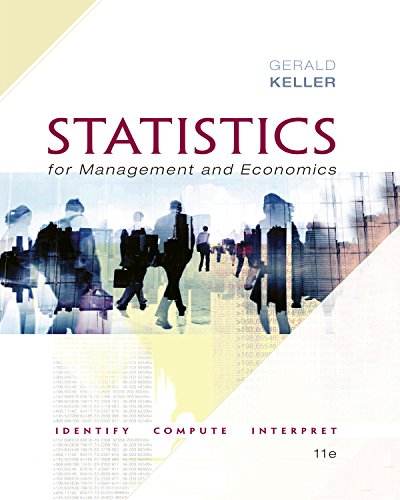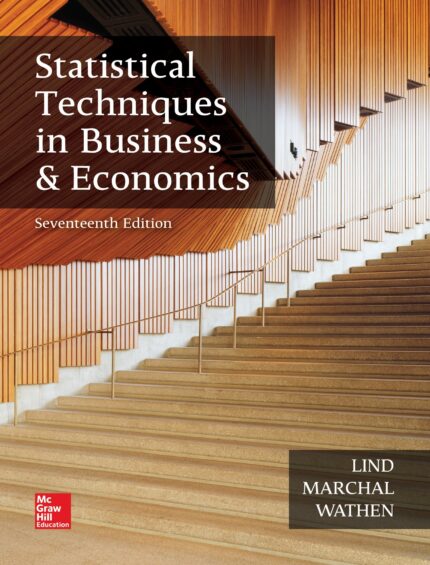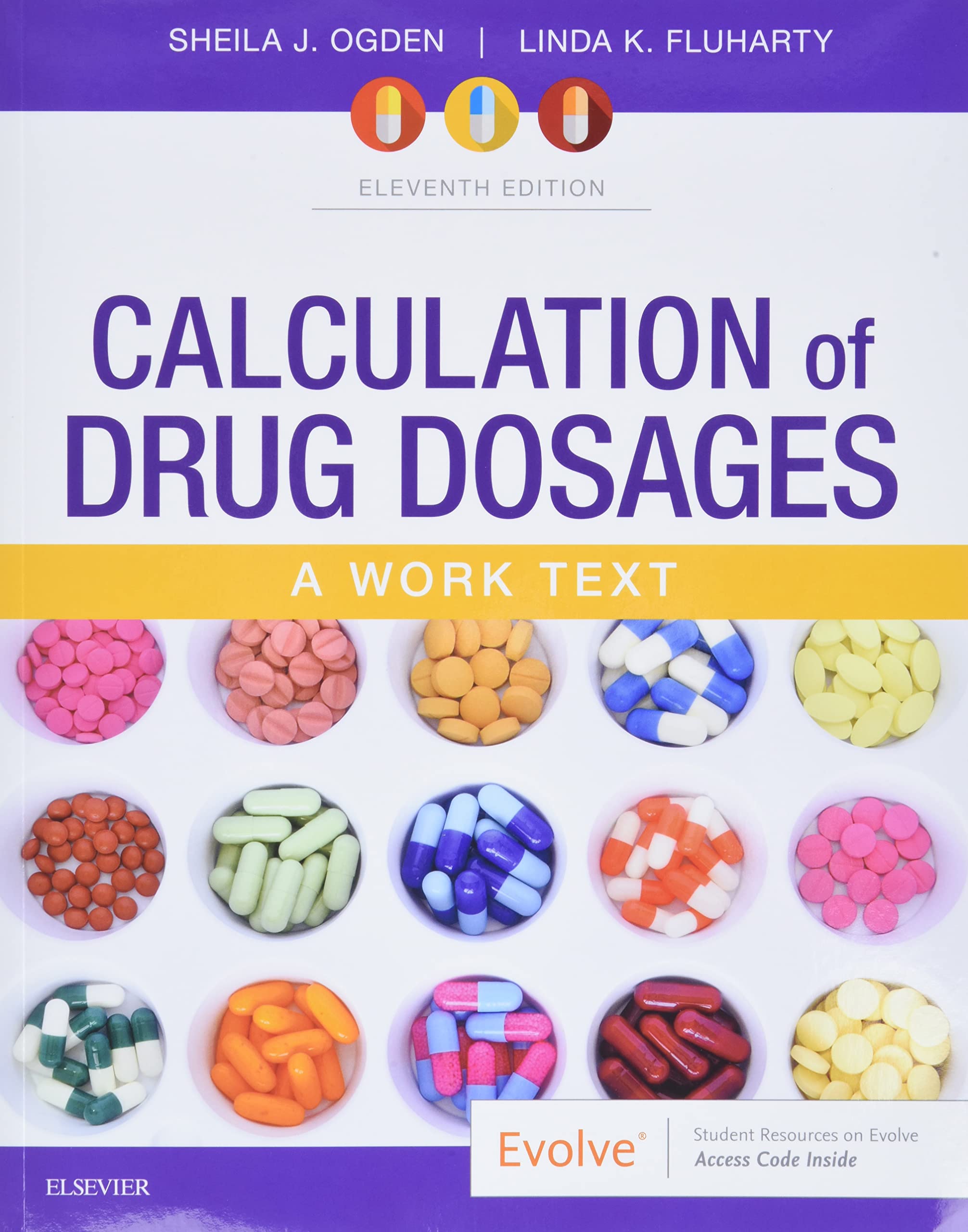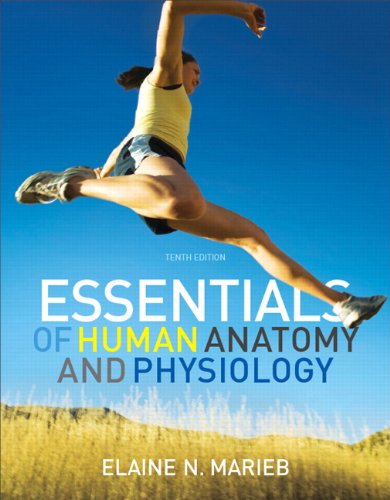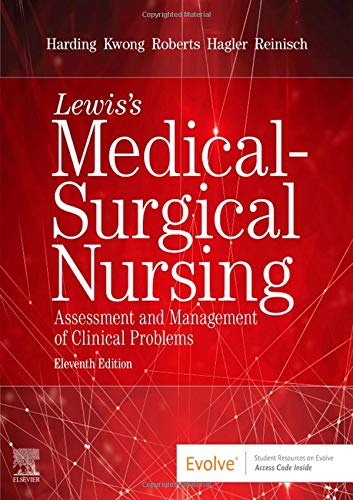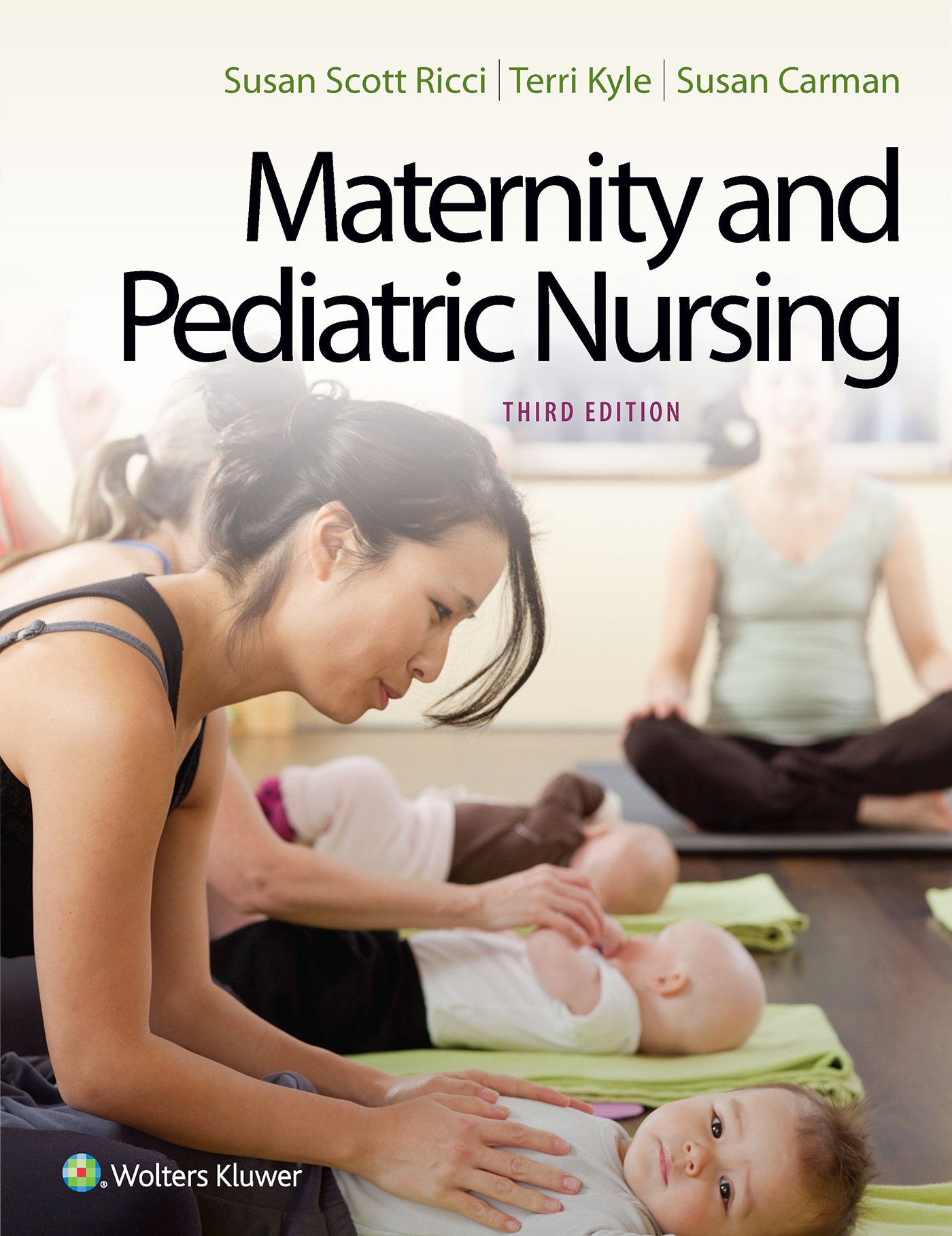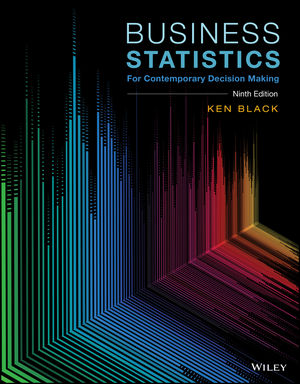
Solution Manual for Statistics for Management and Economics 11th Edition by Keller
$15.00
Edition: 11th Edition
Format: Downloadable ZIP Fille
Resource Type: Solution manual
Duration: Unlimited downloads
Delivery: Instant Download
Solution Manual for Statistics for Management and Economics 11th Edition by Keller
Solution Manual for Statistics for Management and Economics 11th Edition by Keller
Statistics for Management and Economics 11th Edition by Keller – Solution Manual
Statistics for Management and Economics 11th Edition
Statistics for Management and Economics
Chapter 1
1.2 Statistics for Management and Economics Descriptive techniques summarize data. Inferential techniques draw inferences about a population based on sample data.
1.3 Statistics for Management and Economics a The population is the 25,000 registered voters.
b The sample is the 200 registered voters.
cThe 48% figure is the statistic
1.4 Statistics for Management and Economics a The population is the complete production run.
b The sample is comprised of the 1,000 chips.
c The parameter is the proportion of defective chips in the production run.
d The statistic is the proportion of defective chips in the sample.
e The 10% figure refers to the parameter.
fThe 7.5% figure refers to the statistic.
g We can estimate the population proportion is 7.5%. Statistical inference methods will allow us to determine whether we have enough statistical evidence to reject the claim.as the sample proportion.
1.5 Statistics for Management and Economics Draw a random sample from the population of graduates who have majored in your subject and a random sample of graduates of other majors and record their highest salary offers.
1.6 Statistics for Management and Economics a Flip the coin (say 100 times) and record the number of heads (assuming that you are interested in the number of heads).
b The population is composed of the theoretical result of flipping the coin an infinite number of times and recording either “heads” or “tails”.
cThe sample is comprised of the “heads” and “tails” in the sample.
d The parameter is the proportion of heads (again assuming that your interest is the number of heads rather than tails) in the population.
e The statistic is the proportion of heads (or tails depending on the choice made in part d).
fThe sample statistic can be used to judge whether the coin is actually fair.
1.7 a We would conclude that the coin is not fair.
b We may conclude that there is some evidence that the coin is not fair.
1.8 aThe population is made up of the propane mileage of all the cars in the fleet.
b The parameter is the mean propane mileage of all the cars in the fleet.
c The sample is composed of the propane mileage of the 50 cars.
d The statistic is the mean propane mileage of the 50 cars in the sample.
e We can use the sample statistic to estimate the population parameter.


MAECENAS IACULIS
Vestibulum curae torquent diam diam commodo parturient penatibus nunc dui adipiscing convallis bulum parturient suspendisse parturient a.Parturient in parturient scelerisque nibh lectus quam a natoque adipiscing a vestibulum hendrerit et pharetra fames nunc natoque dui.
ADIPISCING CONVALLIS BULUM
- Vestibulum penatibus nunc dui adipiscing convallis bulum parturient suspendisse.
- Abitur parturient praesent lectus quam a natoque adipiscing a vestibulum hendre.
- Diam parturient dictumst parturient scelerisque nibh lectus.
Scelerisque adipiscing bibendum sem vestibulum et in a a a purus lectus faucibus lobortis tincidunt purus lectus nisl class eros.Condimentum a et ullamcorper dictumst mus et tristique elementum nam inceptos hac parturient scelerisque vestibulum amet elit ut volutpat.


